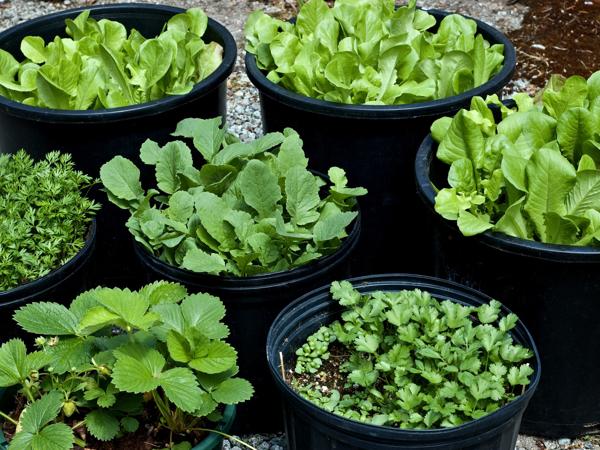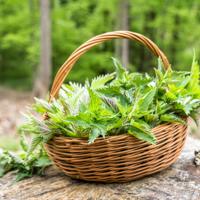In recent years, there has been a growing interest in self-sufficiency and sustainable living. One practical step towards this lifestyle is starting a survival garden. Whether you’re aiming to supplement your grocery store trips or wish to become more self-reliant, a survival garden could be a rewarding endeavor.
What is a Survival Garden?
A survival garden is designed to provide enough food to sustain you and your family during challenging times. These gardens often focus on crops that are calorie-dense and nutrient-rich to ensure you’re getting the essential nutrition needed for survival.
Benefits of a Survival Garden
Gardening can lead to many advantages, one of which is gaining control over your food source. It’s about knowing where your food comes from and reducing dependency on external supply chains. Furthermore, gardening offers physical exercise, mental relaxation, and the satisfaction of seeing your efforts bear fruit – quite literally.
Planning Your Survival Garden
-
Assess Your Space: Evaluate how much room you have. Don’t be discouraged if space is limited. Many vegetables can be grown in containers or vertical gardens.
-
Climate Considerations: Understand your region’s climate. It’ll guide what you can grow. Every plant has specific needs, and knowing your area’s climate helps in choosing suitable crops.
-
Soil Health: Healthy soil is the foundation of a productive garden. Consider conducting a soil test to understand its pH and nutrient levels. This can inform any amendments needed, such as adding compost or fertilizers.
-
Water Sources: Identify a reliable water source. Implementing a rainwater collection system or an efficient irrigation method can be essential additions to your garden, especially in areas prone to drought.
Choosing Crops for Your Garden
A survival garden should focus on crops that store well and provide essential nutrients. Here’s a breakdown of some recommended crops:
-
Potatoes: High in calories and relatively easy to grow. Potatoes store well in a cool, dark place.
-
Beans: Both a protein and carbohydrate source. They also enrich the soil with nitrogen.
-
Corn: Provides carbs and can be stored as grain.
-
Kale and Spinach: Rich in nutrients like iron and vitamins A and C. These leafy greens thrive in cooler seasons.
-
Tomatoes: Versatile and can be canned or dried for preservation.
-
Squash: Both summer and winter squash are productive. They offer vitamins and, in the case of winter squash, tend to have a long shelf life.
Implementing the Garden
-
Start Small: It might be tempting to plant a large garden right away, but it’s advisable to start small. Manageable sections allow you to learn and reduce overwhelm.
-
Stagger Planting Times: This ensures a steady yield throughout the growing season and helps prevent an overwhelming harvest all at once.
-
Practice Crop Rotation: Avoid depleting the soil by rotating crops each year. It helps in maintaining soil health and reducing pest buildup.
-
Incorporate Companion Planting: Some plants benefit from growing next to each other. For instance, marigolds are known to repel pests, making them a good companion for a variety of vegetables.
Maintaining Your Garden
-
Regular Maintenance: Keeping the garden neat involves tasks like weeding, watering, and pest control. Regular observation helps catch any issues early.
-
Use Natural Solutions: For pest and disease control, consider organic options. Neem oil, diatomaceous earth, and homemade sprays can be effective.
-
Composting: Recycle garden waste by composting. It enriches the soil naturally and promotes healthy plant growth.
Reflecting on the Experience
Gardening is a learning process. Each season presents new challenges but also opportunities for growth. Reflect on what went well and where improvements can be made.
Engagement in establishing a survival garden does not guarantee complete self-sufficiency. However, even a small garden represents a step towards reducing reliance on external sources and nurturing self-reliance skills.
Conclusion
Starting a survival garden is an ongoing commitment that yields nourishment beyond mere food. It embodies resilience, adaptability, and foresight. Whether faced with emergencies or just day-to-day life, a garden can serve as a cornerstone of self-sustaining living.
While it might require effort and perseverance, the journey of growing your survival garden is undoubtedly a rewarding venture. Through patience, trial, and care, you can develop a space that supports and sustains.




